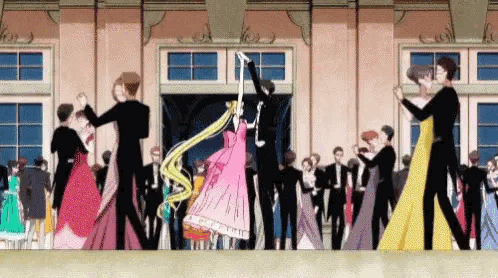#appletons
Explore tagged Tumblr posts
Text

My favorite dark tv series set in post WW1 london
2 notes
·
View notes
Photo

The Post-Crescent, Appleton, Wisconsin, May 31, 1930
#1930s#history#vintage#jazz age#newspapers#historic#appleton#1930#wisconsin#household hints#waking up#mornings#alarm clock
3K notes
·
View notes
Note
I love your style sm!! have you done appletun yet? 👀

Appol
#digital art#artists on tumblr#illustration#my art#fanart#pokemon#pokemon violet#pkmn#my fanart#digital fanart#nintendo fanart#fanart by me#pokémon fanart#appleton#applin#hydrapple#pokemon art#art#artwork#drawings#art tag#digital illustration#drawing#artist#digital drawing
1K notes
·
View notes
Text

🌸💧🫧
#art#digital art#digital illustration#procreate#fanart#pokemon#pokemon art#pokemon fanart#poppilo#snom#jirachi#litwick#wooloo#alcremie#sylveon#klefki#jigglypuff#inkay#mudkip#poliwag#oshawott#appleton#pansear#hatenna#snivy#sinistea#frillish#audino#sprigatito
879 notes
·
View notes
Text




-2001
#liam gallagher#nicole appleton#oasis#NME awards#2001#Photos#this goes into the liam goes to the right for everyone else folder
127 notes
·
View notes
Photo

Garden of Poppies John Appleton Brown (American; 1844–1902) ca. 1891 Pastel on buff paper Isabella Stewart Gardner Museum, Boston, Massachusetts Titled “Celia Thaxter’s Garden at Isles of Shoals” in an early (1903) exhibition catalogue
476 notes
·
View notes
Text



I think in classic musical theatre and thematic fashion James Tolbert should play childhood friend, Cornelius Appleton
he's been at school for 8 years so that's why he doesn't know anything that's been going on
(pt. 1, pt. 2, pt. 3, pt. 4, pt.5, pt. 6)
#cinderella's castle#cinderella's castle fan comic#tadius#ella ashmore#lord cornelius appleton#ella x tadius#stills art#starkid
66 notes
·
View notes
Text






Dancing: Waltz
#anime dance#dance#ballroom dancing#waltz#royal ball#dancing#the cat returns#hiroyuki morita#studio ghibli#sailor moon#usagi tsukino#ashita no nadja#nadja#miss appleton#anastasia#anistasia#anastasia 1997#sousou no frieren#cinderella
268 notes
·
View notes
Text










been obsessing over liam and his partner’s again recently. the way he acts with them and just lets them do what they want to him is fascinating to me.
110 notes
·
View notes
Text


Credit: @/moeinier
76 notes
·
View notes
Text






i need to see the chemistry read between Colin Morgan and Emma Appleton for...science.
they're so twisted because these two had me rooting for frickin John and Ingrid ARE YOU KIDDING ME? sick & twisted. gtfoh (but also never stop and be in more projects together plz & thx)
226 notes
·
View notes
Text



-2004
59 notes
·
View notes
Text

Fotheringay LP Cover / Art by Marion Appleton, 1970.
94 notes
·
View notes
Text

My first Emma Appleton poster featured her in very sexy strappy lingerie, and I was really taken with her. That strappy lingerie looked really good on her for sure. But, obviously it wasn't just the lingerie, because here's Emma wearing nothing at all, and I'm just as taken. I think what it comes down to is that I have a bit of a thing for Emma Appleton. Can you blame me? Today's girlscrushart guardian is Emma Appleton.
58 notes
·
View notes












